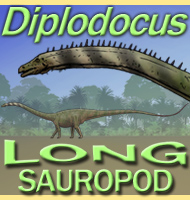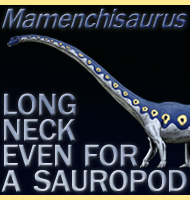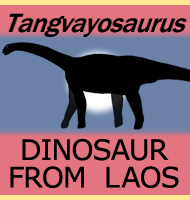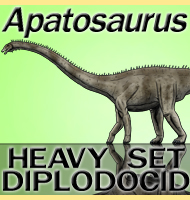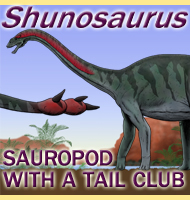


Ultrasaurus
Name:
Ultrasaurus
(Ultra lizard).
Phonetic: Ul-trah-sore-us.
Named By: Haang Mook Kim - 1983.
Classification: Chordata, Reptilia, Dinosauria,
Saurischia, Sauropoda, Eusauropoda, Neosauropoda.
Species: U. tabriensis
(type).
Diet: Herbivore.
Size: Uncertain.
Known locations: South Korea.
Time period: Aptian/Albian of the Cretaceous.
Fossil representation: Few bones.
Due
to the incomplete nature of the holotype fossils, Ultrasaurus
is
today seen as a dubious genus of sauropod
dinosaur, given that it
would be near impossible to attribute further remains to the genus.
Ultrasaurus is actually more famous for forcing a
naming change in a
North American genus of diplodocid dinosaur. In 1985 the
palaeontologist James A. Jenson named three new sauropods from
fossils recovered from the North American Morrison Formation. Unaware
of Kim’s description of a South Korean sauropod in 1993, Jenson
named one of his sauropods Ultrasaurus macintoshi.
Because Kim named
his sauropod first, his description had naming priority, and in
1991 Ultrasaurus macintoshi was renamed Ultrasauros
macintoshi.
This is now a moot point however as after this Ultrasauros
was
discovered to be a fossil chimera composed of diplodocid and
brachiosaurid (in fact probably Brachiosaurus)
fossils. On top of
this the holotype fossil of Ultrasauros, a
single vertebra was
identified as not only belonging to another one of Jenson’s 1985
sauropods named Supersaurus, but actually
belonging to the same
individual Supersaurus
that made up the holotype, making Ultrasauros
a synonym to Supersaurus.
Back
to the South Korean, Ultrasaurus there is
speculation that this too
may be synonymous with another sauropod genus, yet again, because
of the indeterminate nature of the fossils, it is uncertain to prove.
Further reading
- Cretaceous dinosaurs from South Korea. - Journal of the
Geological Society of Korea, 19(3): 115-126. - H. M.
Kim - 1983.
----------------------------------------------------------------------------
Random favourites
 |
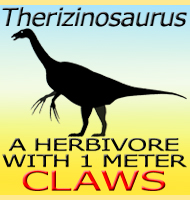 |
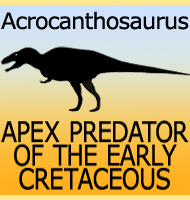 |
